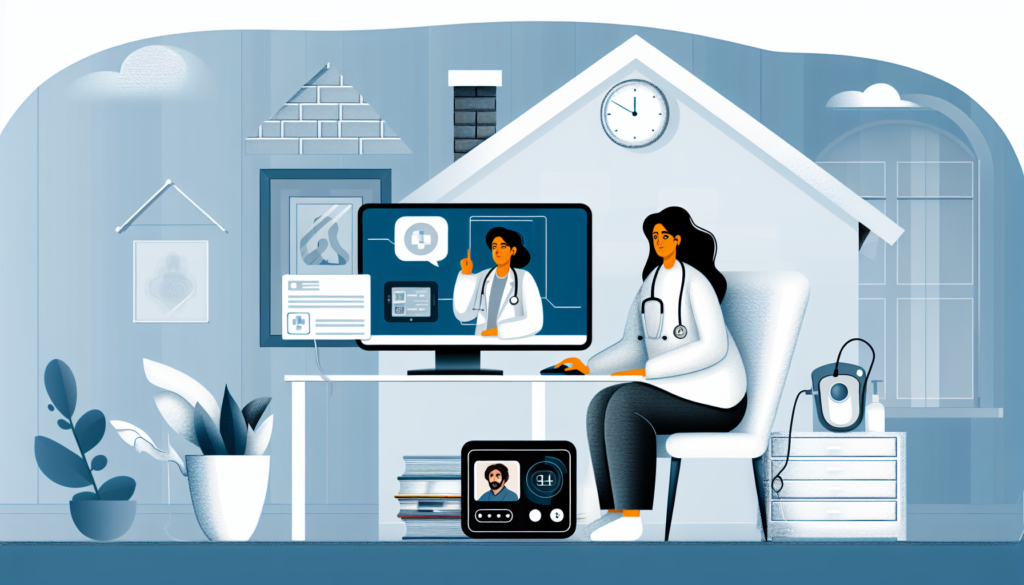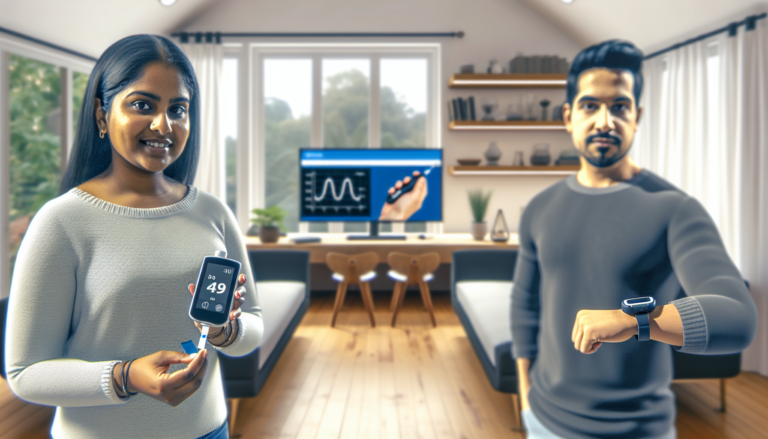Demystifying Telehealth: Unfolding Its Benefits for Home Health Care
As technology continues to evolve and revolutionize various aspects of our lives, it’s no surprise that it’s making a significant impact on healthcare. One technological innovation that’s recasting the way we receive care and medical consultation is telehealth. With the ongoing global pandemic, telehealth has emerged as a crucial service line in healthcare that’s reshaping the home health care environment significantly.
Understanding Telehealth
Telehealth is an innovative use of digital technology that allows healthcare professionals to deliver care services remotely. It offers a convenient platform for patients to access healthcare services from the comfort of their homes, reducing the need for unnecessary travel and reducing exposure to pathogens. Telehealth services include virtual doctor visits, digital transmission of radiology images, patient portals, and remote patient monitoring devices.
Benefits of Telehealth in Home Health Care
Accessibility
The most evident advantage of telehealth is the accessibility it provides. It bridges the geographical gap between patients and healthcare providers, making it possible for those in rural or remote areas to receive necessary care. This is extremely beneficial for home health patients who might find it challenging to make frequent hospital visits due to their physical condition.
Cost-effectiveness
Telehealth can be an economical option for both patients and healthcare providers. Patients can save on transportation costs and time, while healthcare providers can manage appointments effectively, reducing overheads.
Reduces Hospital Readmissions
Telehealth plays a substantial role in reducing hospital readmissions, especially for elderly patients with chronic conditions. Remote patient monitoring allows healthcare professionals to monitor patients’ health continuously and take prompt action when there’s a change in their health status, thereby preempting sudden health crises.
Role of Telehealth in Chronic Disease Management
Chronic diseases require continuous monitoring and management. Telehealth is fostering a paradigm shift in chronic disease management by enabling real-time health monitoring and immediate feedback. Patients can carry out their routine tests and share results with their healthcare provider, who can then provide immediate feedback or alter the treatment plan as required.
Conclusion
As telehealth continues to evolve and its usage expands, we can expect significant improvements in home health care delivery. It is an empowering tool that puts healthcare in the hands of patients, providing them with more control over their health and wellness. We can look forward to a healthcare landscape where remote care is not merely an option but a core element of holistic health care provision.
Remember, while telehealth offers immense possibilities, it’s not intended to replace traditional face-to-face consultation with healthcare professionals. It’s a complementary method to make healthcare more accessible, cost-efficient, and effective for everyone. Always consult with your healthcare provider to tailor the best approach for your unique health needs.



